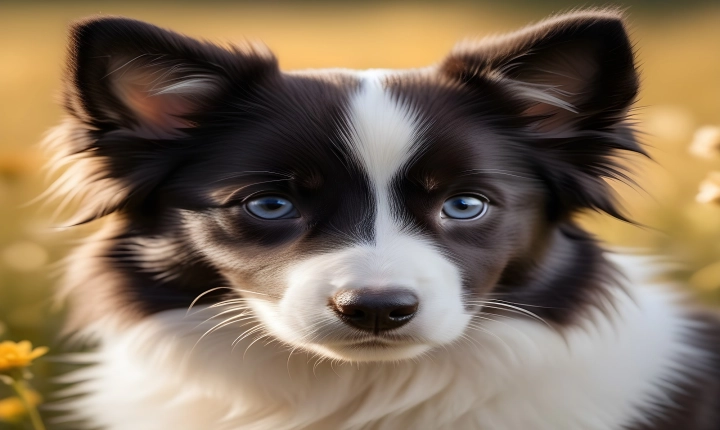AI image-generators, also known as generative adversarial networks (GANs), have revolutionized the way we create and manipulate digital images. These sophisticated algorithms have the ability to generate realistic images, mimicking the style and features of real photographs or artwork. Understanding how AI image-generators work can provide fascinating insights into the world of artificial intelligence and its potential applications in various industries.
At the core of AI image-generators is the concept of GANs, which consists of two main components: the generator and the discriminator. The generator is responsible for creating realistic images, while the discriminator acts as a judge, determining whether the generated images are genuine or fake. Through a process of training and feedback, these two components work in tandem to improve the quality and accuracy of the generated images.
The training process begins with the generator creating an initial set of images, which are then presented to the discriminator for evaluation. Initially, the generated images may be low in quality and not closely resembling real images. As a result, the discriminator can easily identify them as fake. However, through a series of iterations, the generator adjusts its output based on the feedback from the discriminator, gradually improving the quality of the generated images.
The discriminator, on the other hand, continuously refines its ability to distinguish between real and fake images. As the training progresses, the discriminator becomes increasingly adept at identifying the subtle differences between real and generated images, providing more precise feedback to the generator.
This competitive process of feedback and adjustment results in the continual improvement of both the generator’s ability to create realistic images and the discriminator’s ability to distinguish between genuine and fake images. The outcome is a set of realistic, high-quality images that are virtually indistinguishable from real photographs or artwork.
The applications of AI image-generators are vast and diverse. In the field of art and design, these algorithms can be used to create original pieces of art, simulate the styles of famous artists, or generate new visual effects for movies and video games. In the medical field, AI image-generators can be employed to produce realistic medical images for training and research purposes. Additionally, these algorithms can be utilized in the fashion industry for virtual try-on simulations and in the automotive industry for designing and prototyping new vehicle models.
However, it is important to note that the capabilities of AI image-generators also raise ethical and legal considerations, particularly in relation to the creation and dissemination of synthetic content. The potential for misuse, such as creating fake news or falsified images, underscores the need for responsible and ethical use of these powerful technologies.
In conclusion, AI image-generators represent a significant advancement in the field of artificial intelligence, offering the ability to generate realistic images with remarkable precision and detail. The underlying mechanism of generative adversarial networks, guided by the interplay between the generator and discriminator, serves as the foundation for the development of highly effective image-generating algorithms. As these technologies continue to evolve, it is crucial to recognize both their potential benefits and the ethical responsibilities associated with their use.
